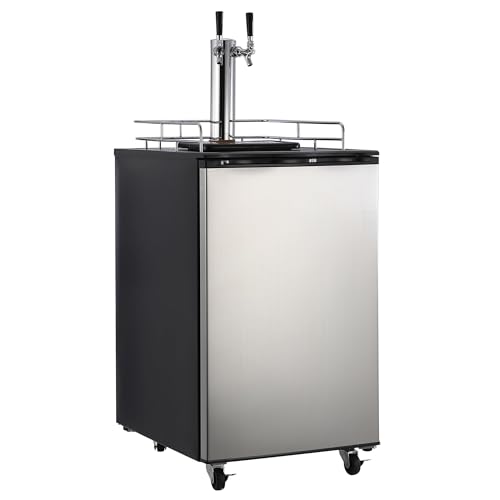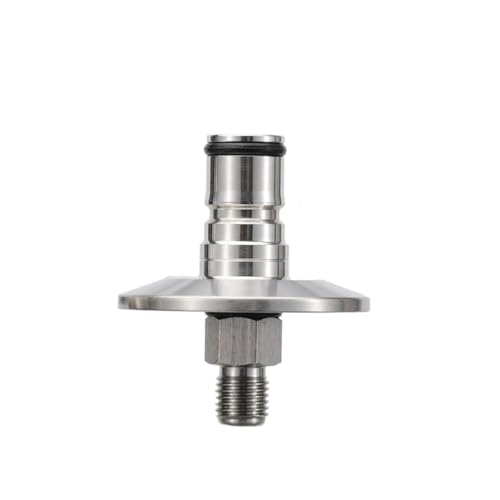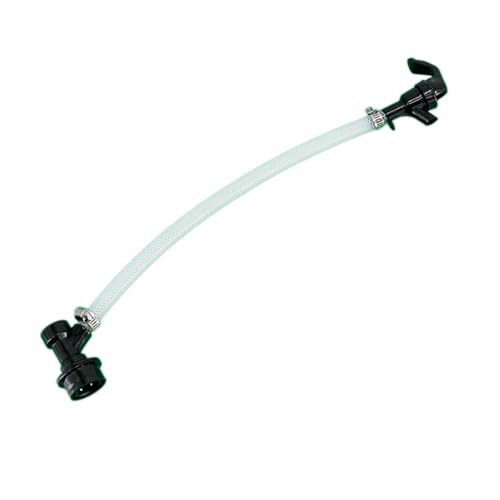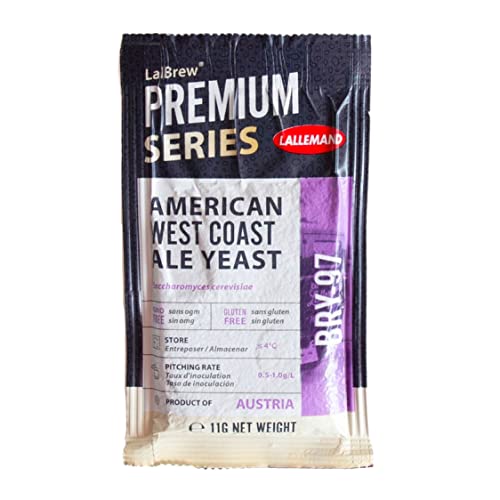The short answer is: as of now, I don't have a system in mind for helping me think about when I want to drink certain bottles. My past experience in trying to manage what I drink on that level has typically fallen flat, mostly because what I consume on a given night is driven by enough other factors that trying to impose a schedule just doesn't work for me.
My cellar was originally mostly american wild ale, stouts, and barleywines, but in the past 3 years essentially the only thing I'm buying is lambic (plus "drinking beer" whose destiny is fulfilled within a week). With AWAs I wish I had paid *way* more attention to how old beers were, since many of them did not age gracefully to say the least. (Anything that was 4 years or older was a serious gamble, and many of those beers dropped off a cliff even after 1 or 2 years.) My experience with older lambic [caveat: I've only had one or two bottles with 10+ years on them, so for many of you that won't count as "older"], on the other hand, has been essentially terrific, so I'm less worried that I'll hold onto something so long that it's way past its prime.
In any event, my move from vertical to horizontal was primarily motivated by making it easier for me to know what the hell I have, since my current setup has bottles on shelves 4 or 5 deep. My old system was to create a sort of atlas that displayed where bottles where on particular shelves, together with the relevant info for each bottle. For example, here's a crappy screenshot of what the sheet for one of my shelves looked like back in 2017
View attachment 4232
You can see it has all the relevant information, but it was unwieldy because it was a pain in the ass to go digging in the back of a shelf, plus it required hand marking the sheet when beers were consumed and then later going back to my file to make those changes. Keeping track of where things are on a shelf is just terrible, which ultimately meant that I only updated the atlas two or three times a year; at that point it essentially meant re-inventorying everything. I since stopped the updates because it was just too much, so now things are managed in my head. That's fine, but it means vintage information is essentially off my radar.
So this new setup is in place to increase visibility, and particularly so I can have vintage information immediately on hand without having to have beers in some fixed position. In that sense, then, I think this setup will make it easier for me to "check in" on a given blend that I might have multiple bottles of, if for no other reason than the fact that I'll know I have multiples of that bottle. If I get really ambitious, I might also use the back of each tag to write some brief tasting notes of the beers I consume. I can then keep the old tags because (a) I have a hoarding problem and (b) I can perhaps dig through them to see how a beer is changing over time. (But really, (b) is just a way to convince myself that the real reason isn't (a), even though clearly the real reason is (a).)
I honestly thought about some system that used QR codes (or something similar) to just help me "check in" and "check out" beers, but ultimately didn't pursue it since I don't think I have the programming chops to make something like that get off the ground.







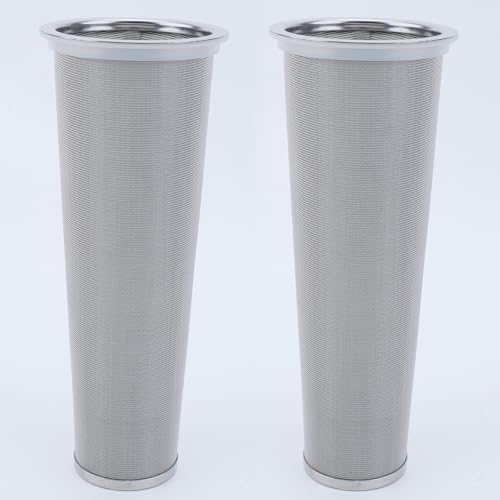










![Craft A Brew - Safale S-04 Dry Yeast - Fermentis - English Ale Dry Yeast - For English and American Ales and Hard Apple Ciders - Ingredients for Home Brewing - Beer Making Supplies - [1 Pack]](https://m.media-amazon.com/images/I/417FujUfrWL._SL500_.jpg)


